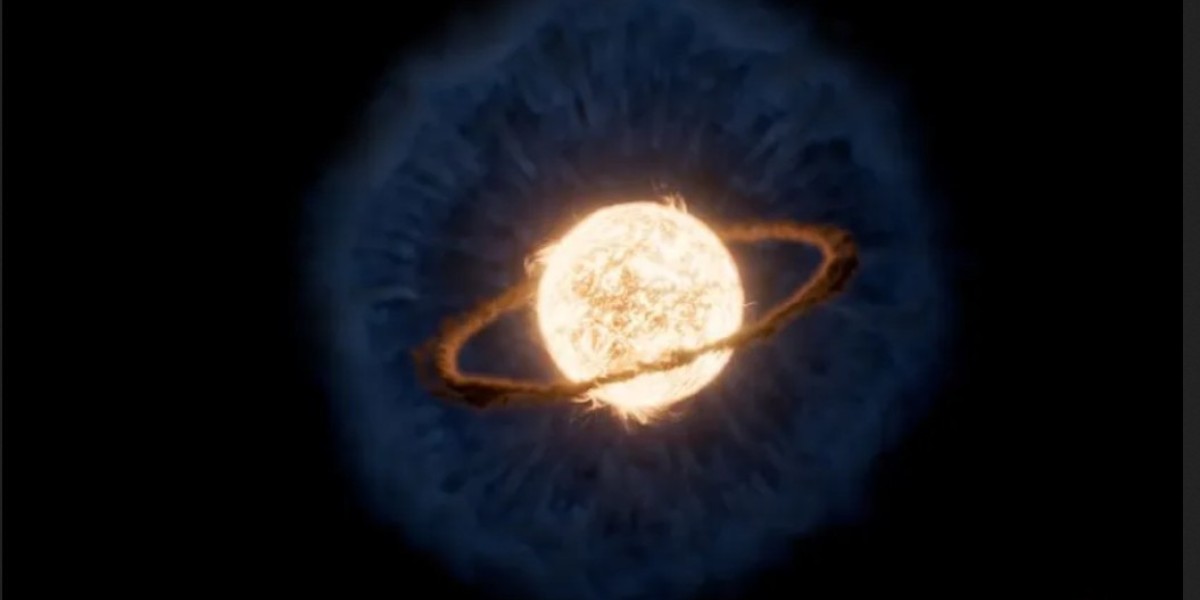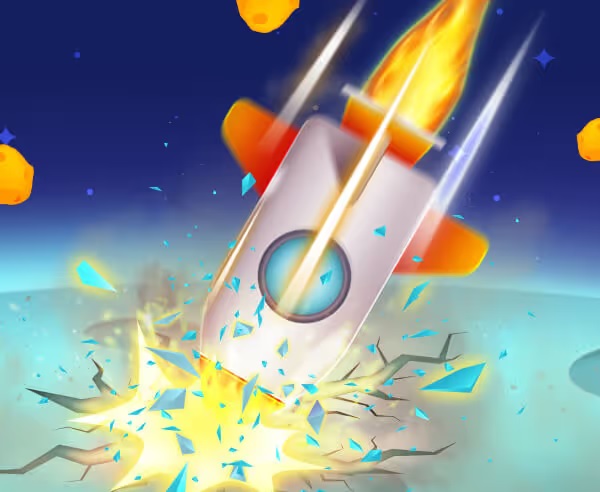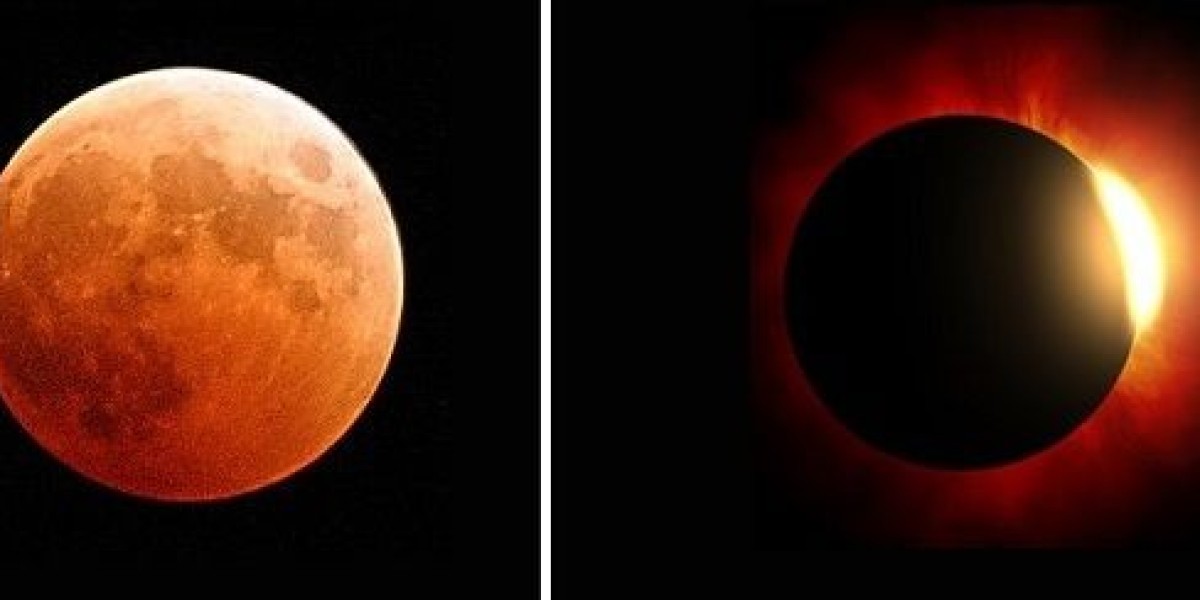In May 2020, astronomers observed for the first time a planet being swallowed by its host star. Based on the data available at the time, they believed that the planet disappeared as the star expanded late in its life, becoming a so-called red giant.
But new observations from the James Webb Space Telescope, a somewhat post-mortem examination of the aftermath of the tragedy, indicate that the planet's demise occurred differently than initially thought.
The researchers said that the star did not head toward the planet; rather, the opposite happened, with dire consequences, as the planet fell into the star after its orbit eroded over time.
The observations documented by NASA's James Webb Space Telescope also revealed that the end was extremely tragic, according to Reuters.
Cloud... and Cold Dust
The orbiting telescope, launched in 2021 and operational in 2022, observed hot gas that likely formed a ring around the star after the crash, and an expanding cloud of cold dust surrounding the scene.
"We know that a fair amount of material from the star is being ejected as the planet heads for its death throes," said Ryan Lau of the National Science Foundation's NOIR Lab. "The evidence after the collision is this residual dust that was ejected from the star." Lau is lead author of the study published in the journal The Astrophysical Journal.
This star is located in our Milky Way galaxy, about 12,000 light-years from Earth in the constellation of Vulture. A light-year is the distance light travels in a year, equal to 9.5 trillion kilometers.
This star is slightly redder and dimmer than our Sun, with about 70 percent of its mass.
advertisement
"Hot Jupiters"
The planet is believed to belong to a class called "hot Jupiters," named after Jupiter. These are gas giants that have high temperatures due to their tight orbits around their star.
"We think it was probably a giant planet, at least several times the mass of Jupiter, to cause such a spectacular disruption to the star that we saw," said Morgan McCloud, a postdoctoral researcher at the Harvard-Smithsonian Center for Astrophysics and a co-author of the study.
Jupiter is the largest planet in our solar system.
Falling into the Star
Researchers believe the planet's orbit gradually slowed due to its gravitational interaction with the star's gravity, and they hypothesized what happened next.
"The planet then begins to rub against the star's atmosphere... and the planet falls at an increasing speed into the star," McCloud said.
He added, "The planet falls into the star, stripping away its outer layers of gas as it spirals deeper into the star. During this process, the collision heats up and expels the star's gases, producing the light we see and the gas, dust, and molecules that now surround the star."
However, researchers cannot be certain of the actual events that led to the planet's annihilation.
McLeod said, "In this case, we saw how the planet's fall affected the star, but we don't know for sure what happened to the planet. In astronomy, there are many things that are too massive and too far away to conduct experiments. We can't go into a lab and crush a star and a planet together. But we can try to reconstruct what happened using computer models."
Swallowing Mercury and Venus
None of the planets in our solar system are close enough to the Sun to erode their orbits, as happened in this case. But that doesn't mean the Sun won't eventually swallow some of them.
About five billion years from now, the Sun is expected to expand outward into a red giant phase, potentially engulfing its nearest planets, Mercury and Venus, and possibly Earth. During this phase, the star sheds its outer layers, leaving only its core, the stellar remnant called a white dwarf.
"Our observations suggest that planets may be more likely to meet their inevitable fate by slowly moving toward their host star (the one they orbit) than by being swallowed up by the star," Lau said. "However, our solar system appears to be relatively stable, so the only thing we need to worry about is the Sun becoming a red giant and swallowing us up."
New observations from the James Webb Space Telescope provide clues about the fate of planets.
Thank you !
















































